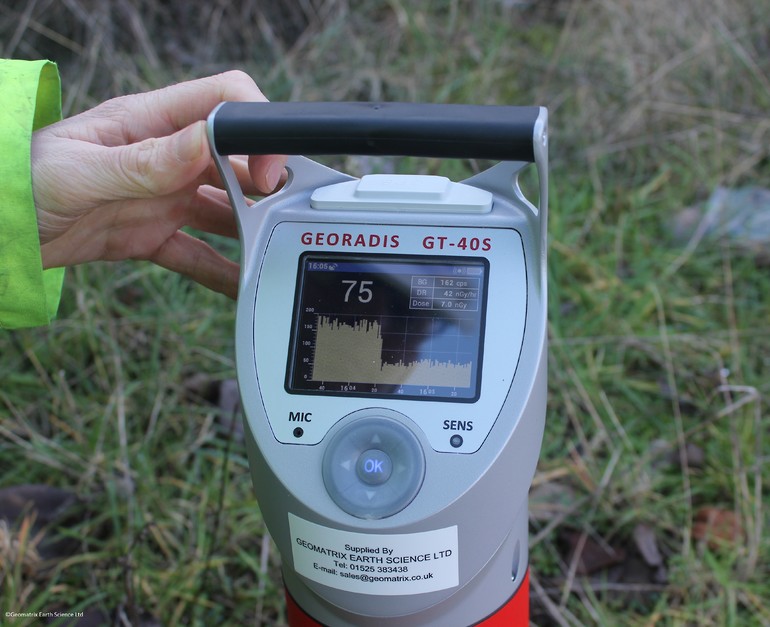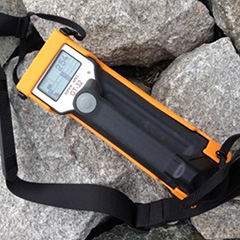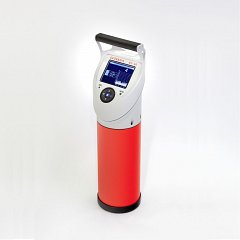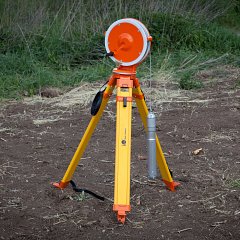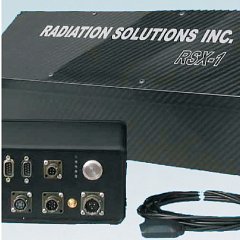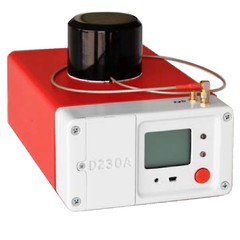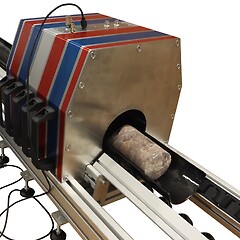Radiometric
Gamma ray spectrometry is the study of the interaction between nuclear radiation and geological material, specifically focusing on the emission of gamma rays when excited atomic nuclei undergo energy state changes. These energy state changes are typically caused by naturally occurring radioactive isotopes within the material, which have been present or undergoing steady decay since the formation of the rock.
In certain controlled cases, an active source can be used to induce the emission of gamma rays through radioactive decay. This approach is highly regulated and is generally restricted to secure and controlled environments, such as boreholes or specialized laboratories.
Key Features of Gamma Ray Spectrometry
1 - Detection of Gamma Rays: By recording the number of gamma ray photons over a given time and their energy levels, it is possible to:
- Classify rock formations.
- Infer the geological history and formation processes of rocks.
2 - Modern Advancements:
- Portable gamma ray spectrometers now incorporate autonomous background compensation algorithms, eliminating the need for manual correction
- Flash memory allows these devices to store calibration spectra, removing the requirement for radioactive calibration samples.
- Improvements in NaI (Sodium Iodide) and BGO (Bismuth Germanate) crystal detectors have enhanced measurement quality and reduced the time needed for data collection.
Applications of Gamma Ray Spectrometry
1 - Mineral Exploration: Used extensively to identify and classify mineral deposits based on their radioactive signatures.
2 - Oil and Gas Industry: Essential for logging formations and determining the composition of subsurface rocks in hydrocarbon exploration.
3 - Environmental Monitoring:
- Aids in assessing the impact of industrial practices.
- Utilized for classifying contaminated brownfield sites before redevelopment, offering insights into potential hazards and remediation needs.
Gamma ray spectrometry has evolved into a powerful tool across industries due to advancements in technology, data processing, and sensor quality, enabling quicker, more accurate analyses with portable and efficient devices.
